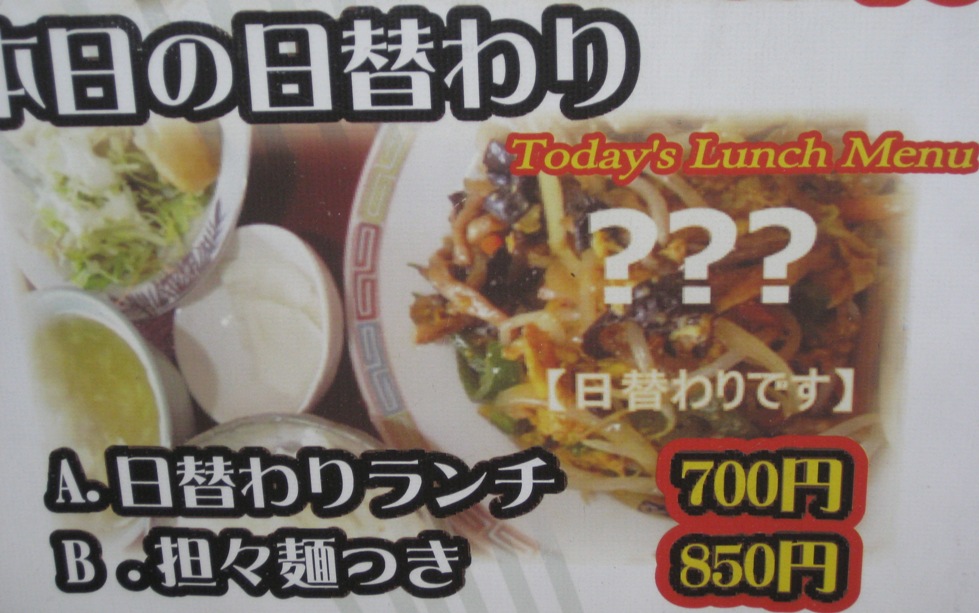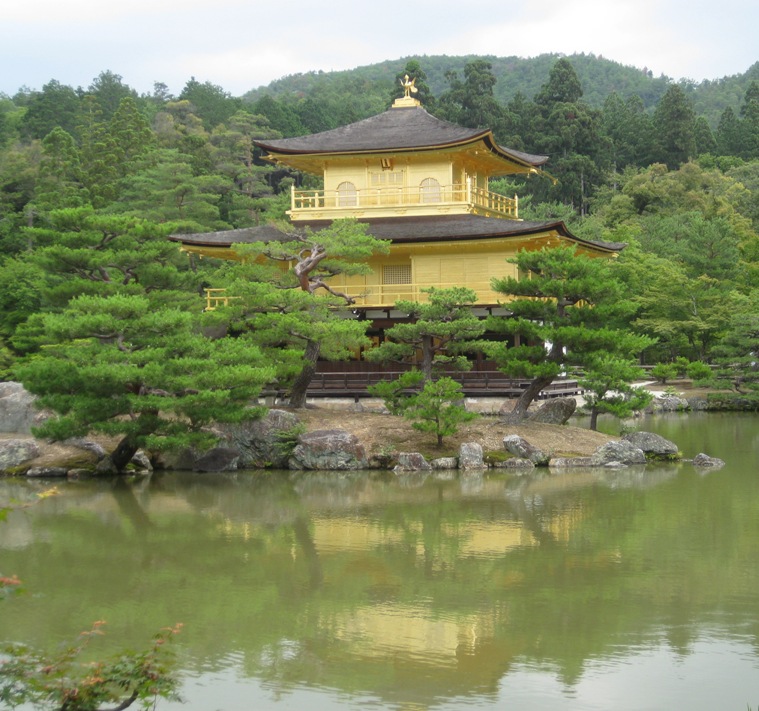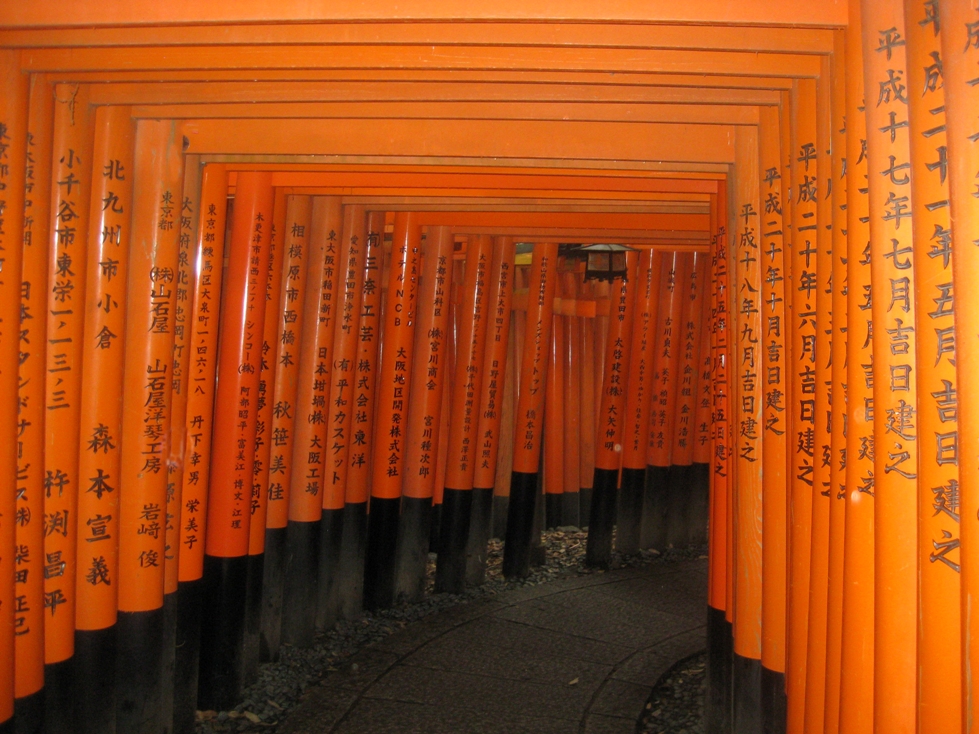From Hiroshima we traveled to Kyoto—Japan’s city of temples, and, if you come at the right time of year, cherry blossoms. We did not, but thoroughly enjoyed the beauty of several of the temples, shrines, and gardens . . . and the Nishiki Market, where we munched on fish cakes, Kyoto pickled vegetables, and other street food as we wound our way through the crowds. At least we had an idea of what we were eating then. For most of our meals, we felt this sign was written for us! How nice to say it is a lunch menu in English, but then nothing else.

Even on a cloudy day the reflection of the Golden Pavilion on the water is striking.


Although I have spent time in predominantly Buddhist countries in the past, I hadn’t realized how much of Buddhism is “adapted” from Hinduism. I used to think of Buddhism as particularly peaceful, but when I saw the statues and paintings of the Kings of Buddhist Hell and the demons wringing the necks of humans at a museum, my concepts changed. There are also parallels with Christian stories. The Buddhist “gods” themselves, which the Japanese openly admit are transferred from Hinduism, are often warlike in appearance and nature. A wonderful example of this is the Sanjusangendo Temple in Kyoto (which, unfortunately, visitors are not allowed to take photographs of). This temple houses 1,001 statues of the Buddhist bodhisattva Kannon. Interestingly the Japanese company Canon takes its name from this “goddess-like” figure. These statues are protected by twenty-eight guardian statues, all of which list the original Sanskrit name and Hindu interpretation on the pedestal. The thing that Ethan and I found striking, however, is that these “gods” of a religion the West traditionally views as zen and peaceful, all had weaponry, thick battle-ready armor, and fearsome expressions.
The thousands of orange (and a few red) torii (gates) of the Shinto Fushimi Inari Taisha Shrine wind up the side of a mountain. Here are two views: inside and out. We walked a long way, but never got to the actual top. Although we didn’t count them, we think we saw at least one thousand gates!

We observed an interesting ritual near the entrance as a Shinto priest marched quite formerly out of the monastery and blessed a new car—its engine, both sides, and the rear.

We (and it wasn’t just me) needed to rest up after our long trip from Kyoto to Tokyo to Narita to Shanghai to Bangkok for two nights in Bangkok before traveling on to Siem Reap, Cambodia, where we are now, although we will return to Bangkok for a few more days there later. More on Cambodia, which I have visited before and dearly love the culture and the people, in my next travel blog.
